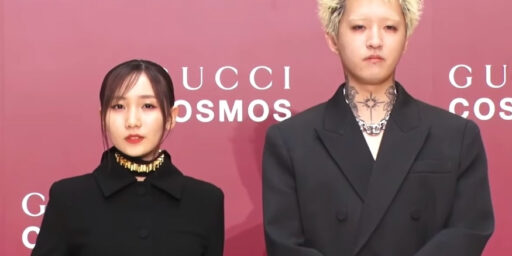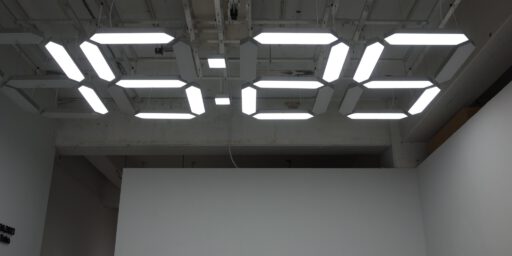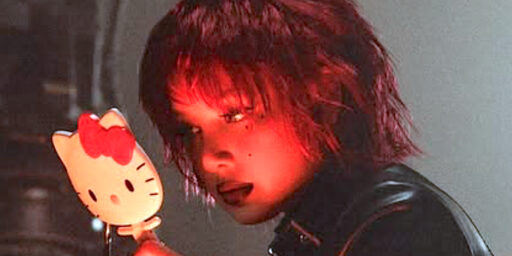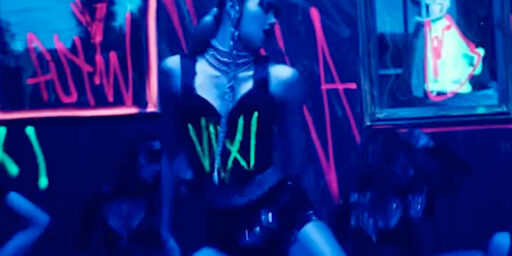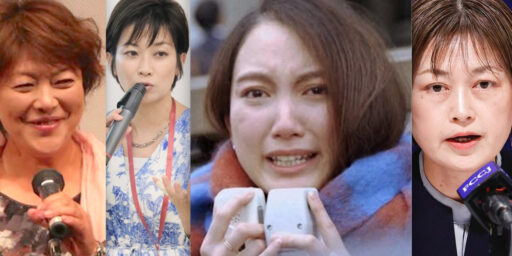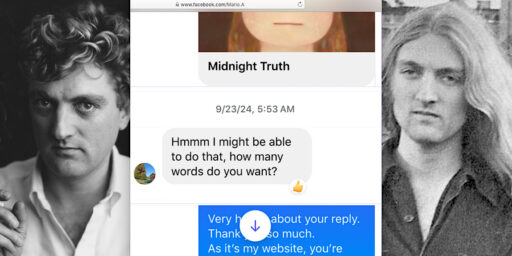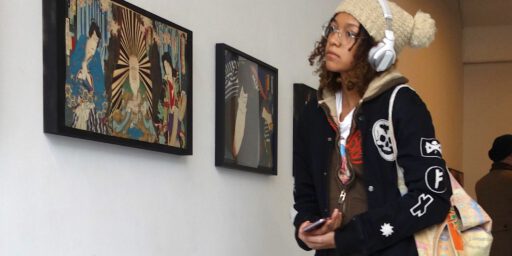In memoriam: Tokyo’s crucial influence on celebrated Sam Gilliam and his elocuting abstractionism on lyrical canvas-elegance サム・ギリアム R.I.P.

“I first encountered Yves Klein while stationed with the army in Japan. There was a Klein exhibition in Tokyo. The Gutai group was being born, and I was in the army, and I thought nothing about whether I would be an artist or not. In fact, I probably thought that I would never be an artist. But Klein had an effect on me, and I thought about making art beyond the interiors that it is usually presented in, about making art more in the outside world.” (1)
These are the words by celebrated American artist Sam Gilliam, who passed away yesterday at the age of 88.
Another quote by Gilliam:
“I was in the ROTC (Reserve Officers’ Training Corps), and I did basic training in Texas. We were stationed with Airborne troops and drilled by Airborne sergeants. After that I was quite lucky to be stationed in Japan. Japan was just marvelous. There were galleries and art stores, and a woodcut studio near the base. There was one person in our unit who did nothing but go to Kabuki theater. From what I had seen of the art world, I wasn’t sure if I still wanted to be an artist, but I knew I didn’t want to be a soldier. So, I grew up. I went back to school to do my thesis.” (2)
While in Japan, Gilliam encountered the works by GUTAI (3) artists and Japan-influenced Yves Klein. This kind of Japanese experience helped him to widen his knowledge about contemporary art. Becoming emancipated, being free in expressing oneself in whatever medium one likes. Fortunately the result of this stay in Japan gave Gilliam the right impetus to start a professional career as an artist in the U.S.. In this context, my first visit to Japan changed my life, too; as a result, becoming the most popular, so-called “Japanese” artist with non-Asian heritage in the history of Japanese contemporary art. (4)
Myself had the opportunity to enter into Gilliam’s universe four years ago in the Kunstmuseum of Basel. Spatial installations of lyrical abstractions, combined with the possibility of contemplation like in front of Monet’s water lilies. Instinctively the spectrum of effulgent colours triggers off “epistemological” connections, the influences of other artists. A joy for the viewer, indeed.
Gilliam’s ethereal “Drape” paintings – unstretched canvases stained in vibrant pigments – give the perceptual environment a superb, fascinating, sculptural quality. The coalescence among inner-outer-architecture and linen excited the artist, his manoeuvring act being influenced by tones of color and Jazz.
“My Drape paintings are never hung the same way twice. The composition is always present, but one must let things go, be open to improvisation, spontaneity, what’s happening in a space while one works.”
Thank you for all the beautiful vibes and energetic style.
Basel, 2022/6/28
Mario A
(1)
Sam Gilliam discusses his work, showing in the Venice Biennale, and the NEA
https://www.artforum.com/interviews/sam-gilliam-discusses-his-work-showing-in-the-venice-biennale-and-the-nea-69537
(2)
Beer with a Painter: Sam Gilliam
https://hyperallergic.com/284543/beer-with-a-painter-sam-gilliam/
(3)
白髪一雄・フット・ペインティング
SHIRAGA Kazuo – Foot Paintings
https://art-culture.world/articles/shiraga-kazuo-白髪一雄/
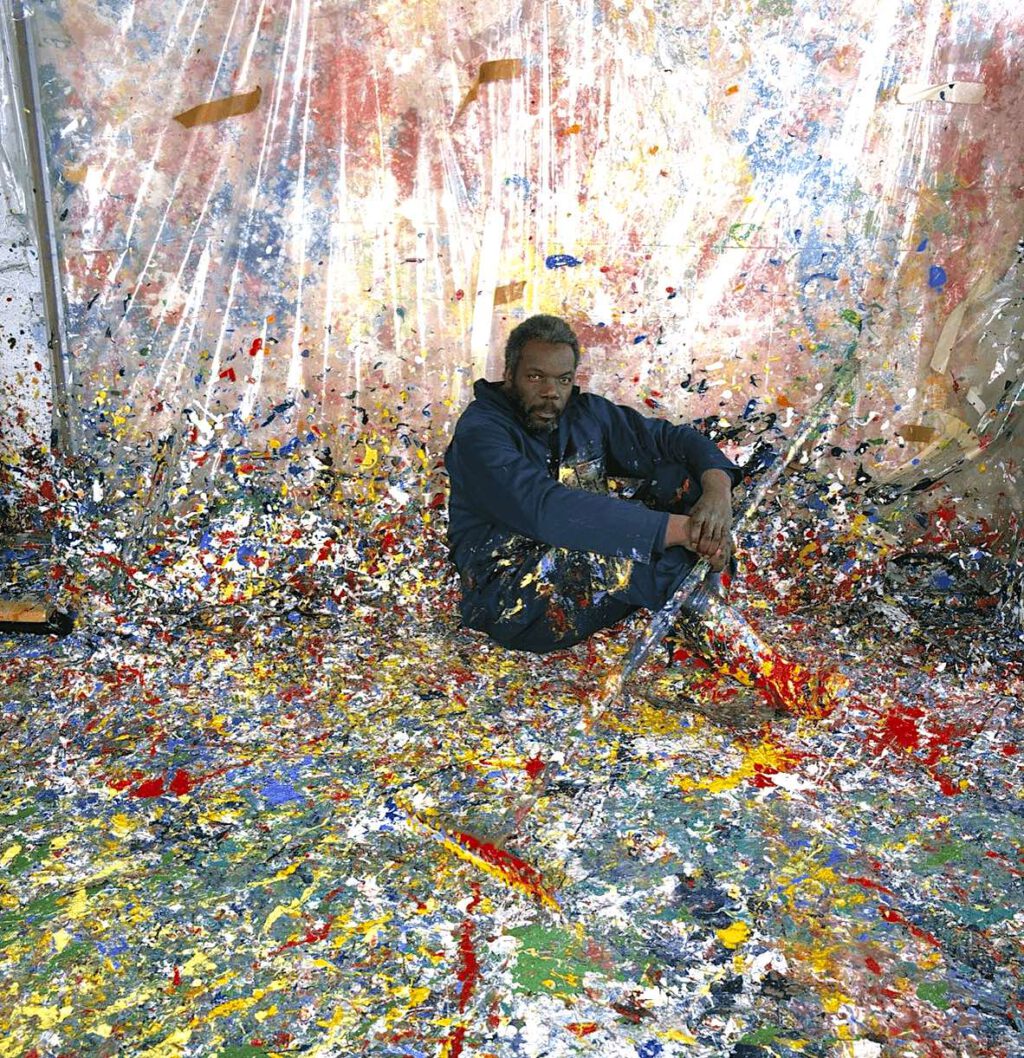
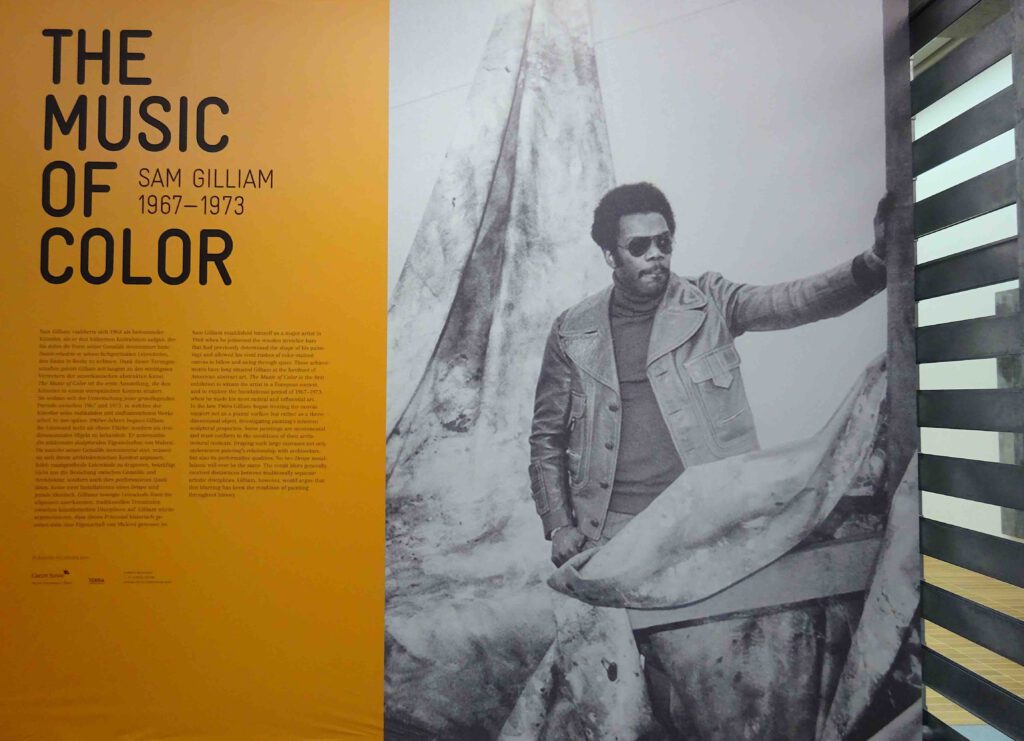
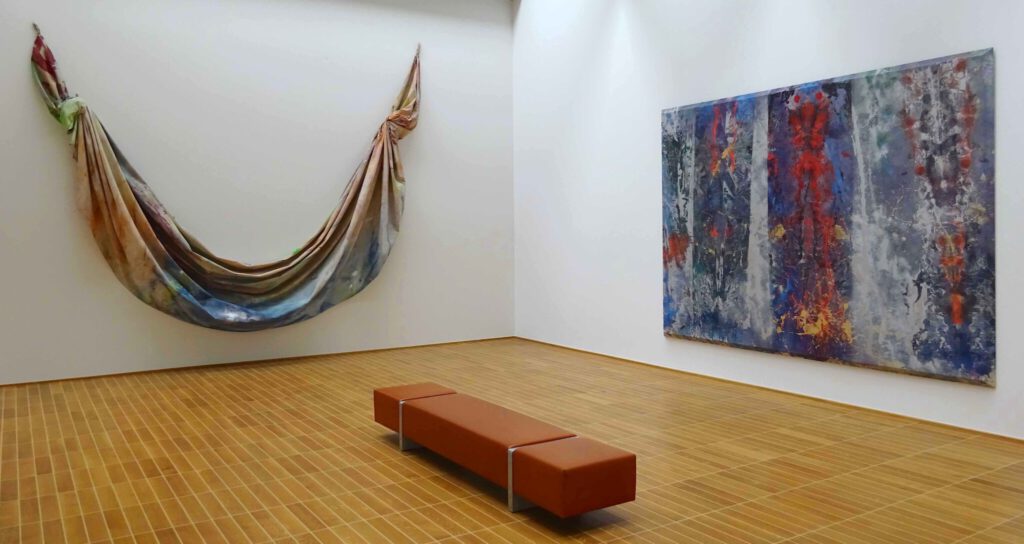
Whitney Museum of American Art, New York, purchase with funds from the Friends of the Whitney Museum of American Art and the Howard W. Lipman Foundation, and gift of the Ford Foundation Purchase Program and an anonymous donor, by exchange.
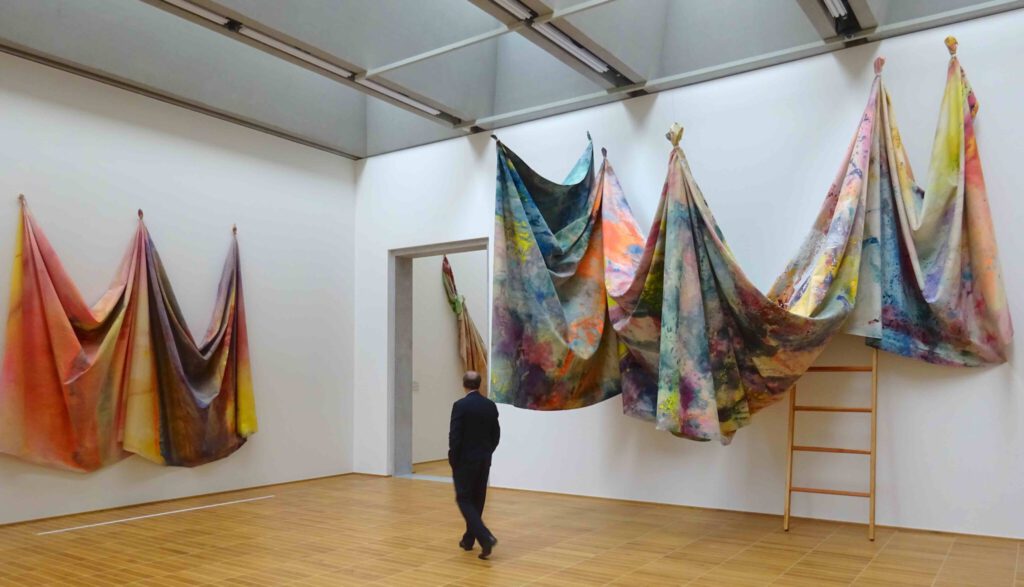


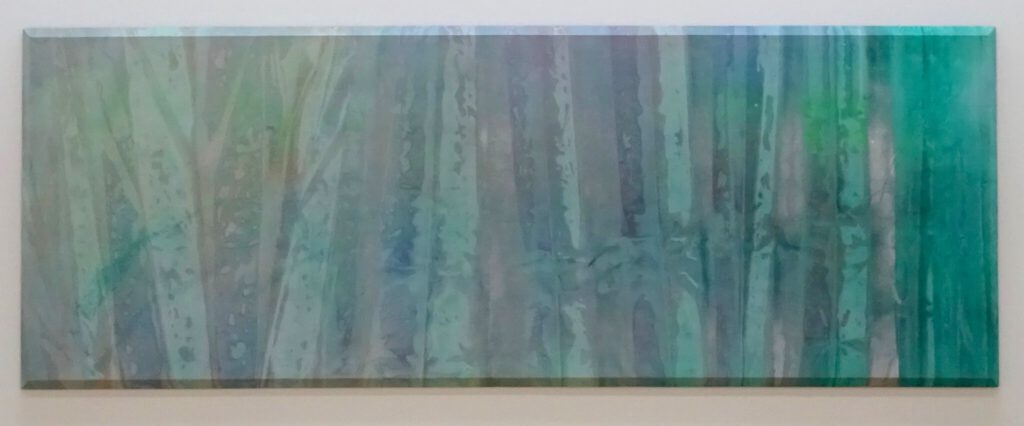
Kunstmuseum Basel | The Music of Color, Sam Gilliam, 1967-1973
up-dates:
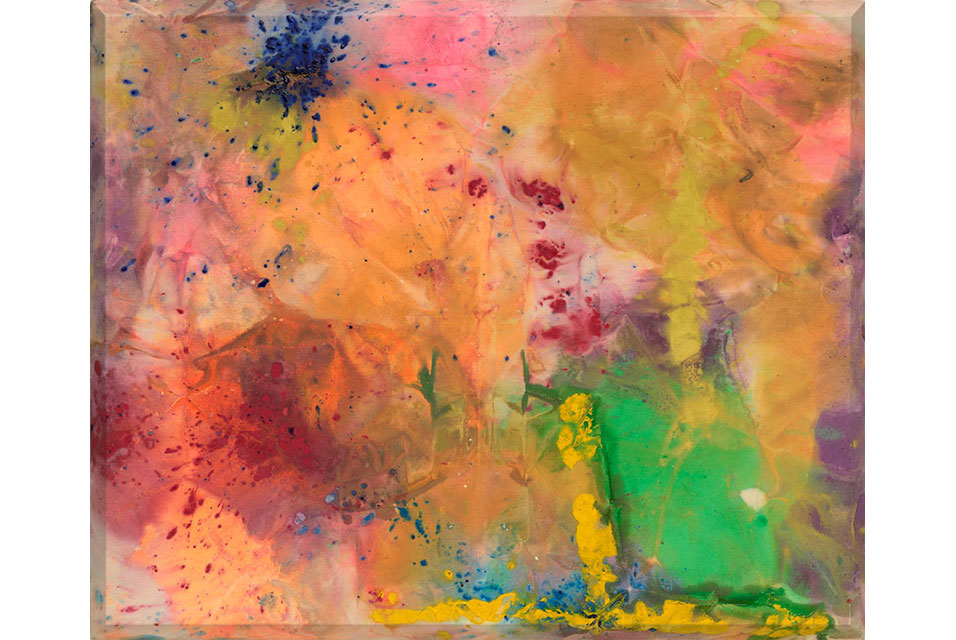
Artdaily, Tuesday, Oct. 10, 2023
WASHINGTON, DC.- American artist Sam Gilliam (1933–2022) was associated with the Washington Color School, a group of Washington, DC-area abstract artists focused on color field painting from the 1950s to the 1970s. The National Gallery of Art has acquired Yellow Edge (1972), an example of Gilliam’s revolutionary beveled-edge Slice paintings. The work was given to the National Gallery by Elinor K. Farquhar. Yellow Edge exemplifies Gilliam’s innovations in process and display from the 1960s and 1970s and his predilection for bright hues, which are seen in much of his 1970s work.
Gilliam came to Washington, DC, in 1962 and joined the second generation of Washington Color School painters. Like the first generation of the group, which included Morris Louis and Kenneth Noland, Gilliam was interested in the expressive qualities of color. By applying acrylic paint to unprimed canvas, his work took on an organic, intuitive quality. As he became more interested in process and the ways he could manipulate his materials, Gilliam developed more innovative techniques that allowed the materials to manipulate themselves.
Throughout the 1970s, Gilliam would alternate making his celebrated Drape paintings with his Slice paintings, in which he stretched canvas over beveled-edge frames. The Slice paintings protrude from the wall so that they are encountered, rather than simply seen, by the viewer. The rich atmosphere of Yellow Edge is dominated by a sea of orange acrylic with stains of acidic yellow across the surface. Splashes of red and blue appear in the top left, bottom right, and middle of the canvas, as a pool of electric green seems to emerge from an amorphous field of yellow in the lower right corner.
Gilliam was the first African American artist to represent the United States at the Venice Biennale in 1972. Among other prizes, he was awarded a Guggenheim Fellowship and the Art Institute of Chicago’s Norman Walt Harris Prize. He received honorary doctorates from the University of Louisville in 1980 and Northwestern University in 1990. Gilliam’s works have been acquired by numerous museums, including the Metropolitan Museum of Art, the Museum of Modern Art, the Philadelphia Museum of Art, the Whitney Museum of American Art, the Baltimore Museum of Art, the Museum of Fine Arts Houston, and the Walker Art Center.
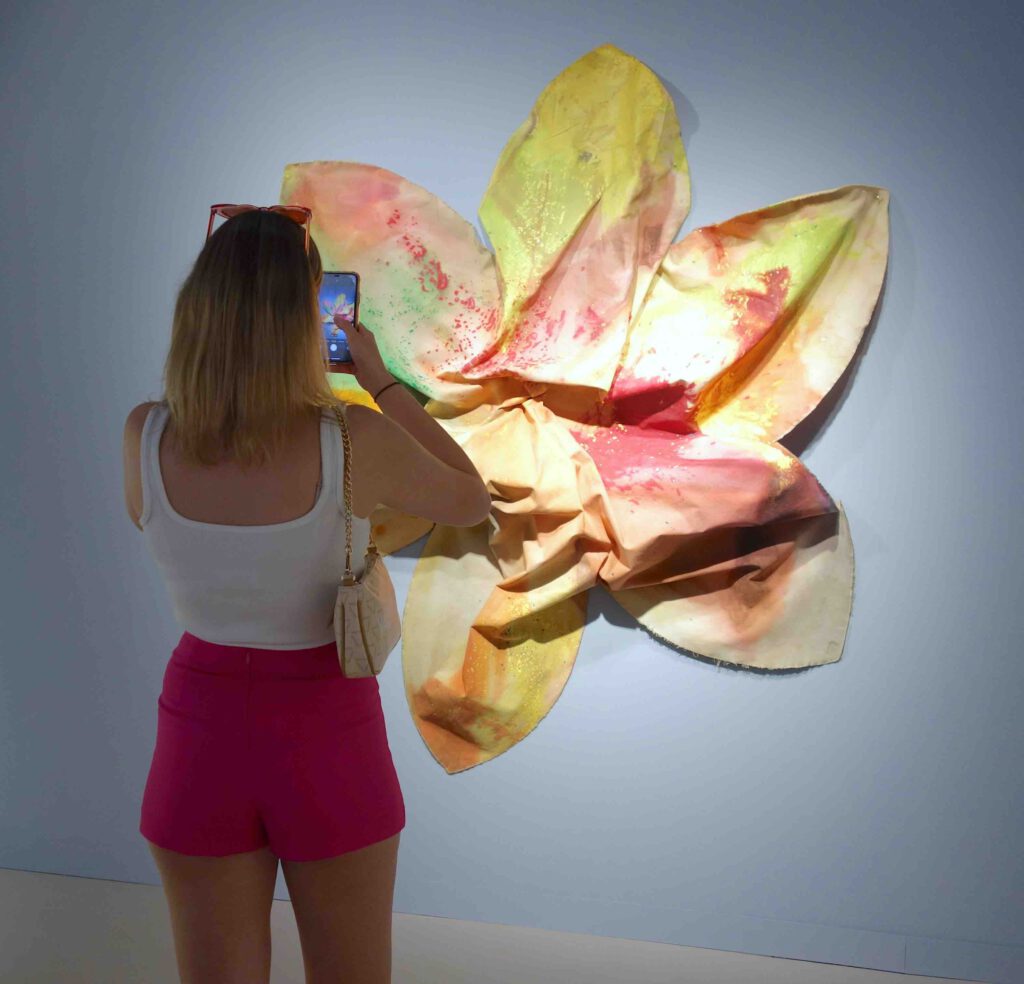
From:
アート・バーゼル、壮麗さへの回帰 (アーティストたちによって裸にされたアート・バーゼル、さえも*) 2023年度
ART BASEL – The Return to its Grandeur (ART BASEL Stripped Bare by Her Artists, Even*) 2023 version
https://art-culture.world/articles/art-basel-2023/

